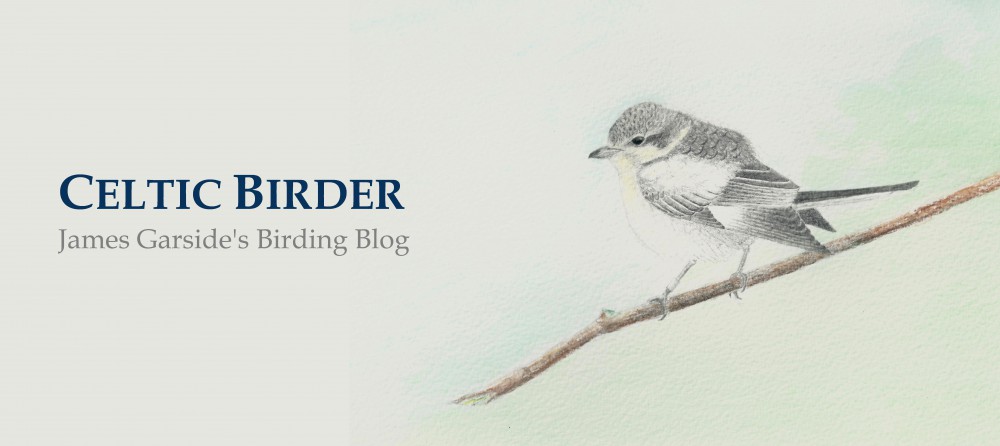As promised, day three dawned bright and with only a gentle breeze, much more birdable conditions. I’d spent the night in the car at Skaw (the most northerly occupied settlement in the UK), and began at dawn by walking some distance up the burn where a Paddyfield Warbler had been seen the previous day. Unfortunately there was no sign of the bird there over several hours of searching. Several Wheatear and Snipe where seen, and a Whinchat. Eventually, large numbers of birders arrived, but unfortunately the bird still couldn’t be relocated. However, consolation came when a Little Bunting was located on the fence line above the burn and was seen briefly by a few. Unfortunately the bird did not show particularly well. An Osprey was also seen over the car park later, being mobbed by a pair of Ravens.
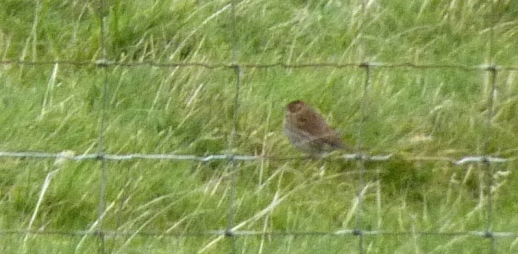
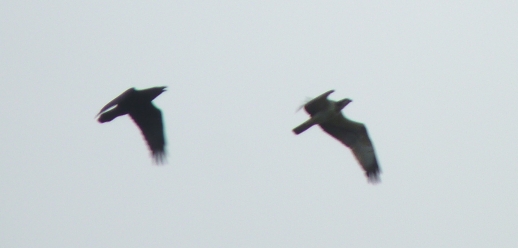
Moving on from here I drove south, hoping to find some good birds of my own. As I came towards Baltasound, I noticed a promising looking plantation which turned out to be at Halligarth. As I entered I passed two birders who were leaving, and they told me that they had just relocated the Icterine Warbler which had been seen recently at the nearby Setters Hill Estate. They also told me that a Dusky Warbler had just been found up the road at Burrafirth! Unfortunately, I spent the the next half hour failing to see the Icterine, though I did see a Wood Warbler (which appeared to have an injured wing but gave excellent views), two Yellow-Browed Warblers (one of which was self-found), a Brambling, a Lesser Whitethroat, a Blackcap and a Garden Warbler.
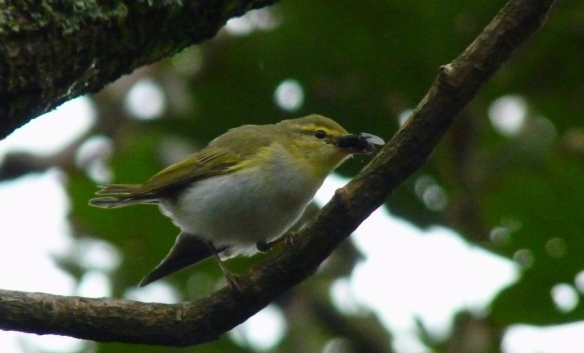
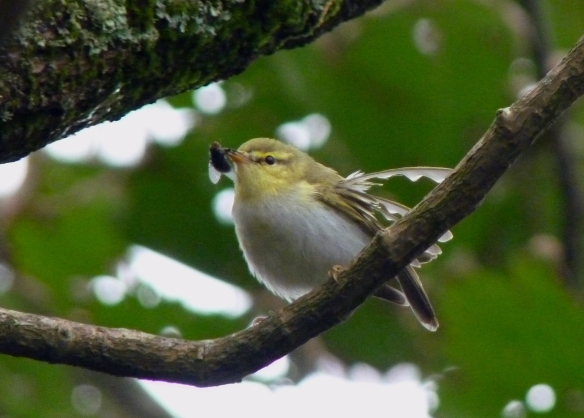

I decided to return later, and made the ten minute drive up to Burrafirth where a fair crowd had assembled. I was informed that the Dusky Warbler was still present but had gone into cover. Fortunately, it soon decided to fly up into the open, and spent several minutes feeding along the edge of the stream giving reasonable ‘bin views’ though it was slightly distant. The generally plain plumage, fine bill, neat supercillium and dark lores were all seen and just about captured in the appalling record shot below (the bird is in the center with facing away from the camera with its head turned to the left showing the dark lores):

I arrived back at Halligarth at midday, and spent another half hour, adding only a third (second self-found) Yellow-Browed Warbler to the tally. This time, several other birders were present too, but were also having no luck. As they were about to head off, I decided to try some gardens just to the south of the plantation, and almost immediately located the Icterine Warbler feeding in the open along a hedgerow and fenceline I quickly called the other birders back and a small crowd enjoyed excellent views of the bird, a well marked and bright individual, as it performed well. The lemon wash to the breast and face was striking, as was the pale secondary panel, thick blue-grey legs and long primary projection. This was a particularly satisfying British tick, after I missed a bird during a quiet week on the Scillies in 2013.

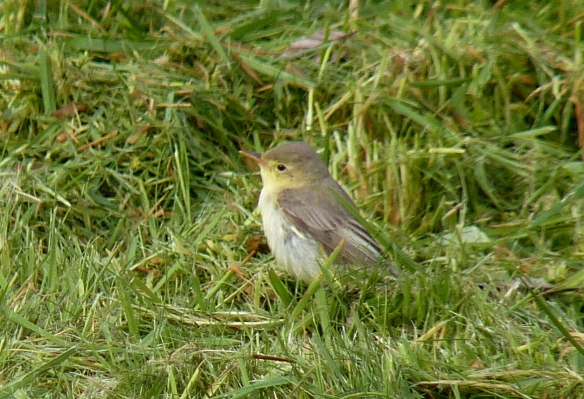
After some time watching the bird and a quick bite to eat, I decided to head for Norwick (to the north), where some good birds were being found. Unfortunately when I arrived neither the RB Fly or the Rosefinch, but my second Little Bunting of the day was appreciated, showing a little better than the earlier bird, sitting in a sycamore in the afternoon having been flushed from a crop field.
With the evening fast approaching, a began the journey back to the mainland. Another pleasant surprise awaited there, when I checked the local bird news and discovered that an Arctic Warbler had been found at Frakkafield near Lerwick. I raced the fading light and incoming weather front, arriving on site at quarter to six, in already heavy rain. The first bird seen in the plantation was another self-found Yellow-Browed Warbler. A nice bird, but not the one that I was after. As I headed around, I noticed a pair of Warblers flying down to some nettles. Looking through the bins, I could see that the first was a Blackcap, onto the second and there it was! It showed well for some time, though the downpour made viewing very difficult. The single wing-bar, dirty off-white underside and thin, bold supercillium which stopped before the forehead, were noted.

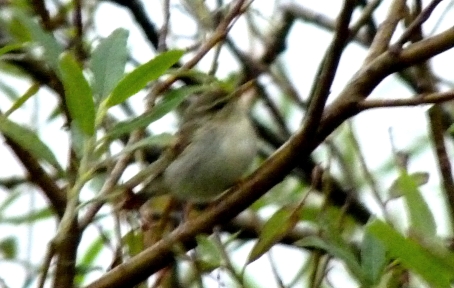
My third British tick of the day, and a quality bird!
